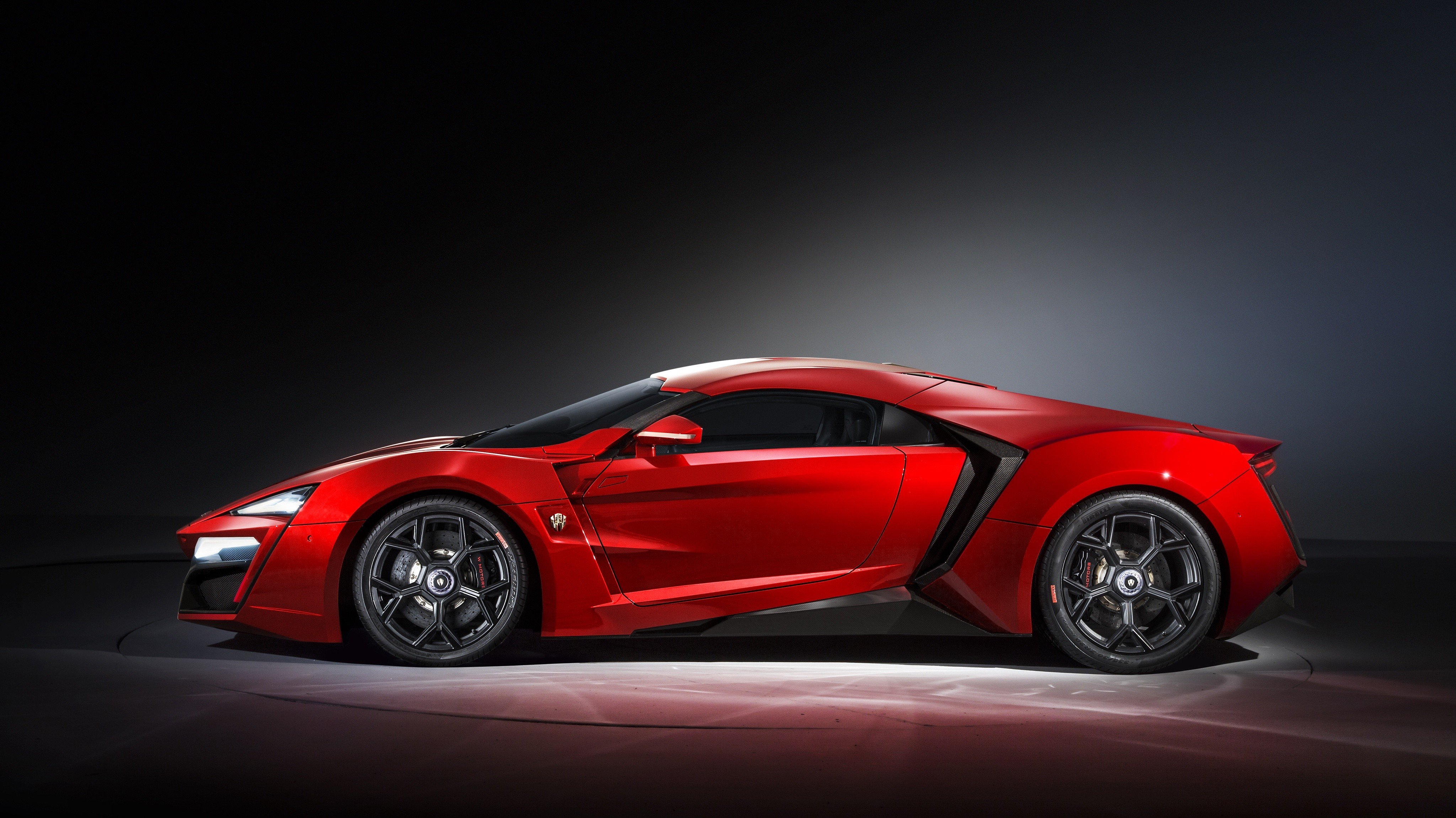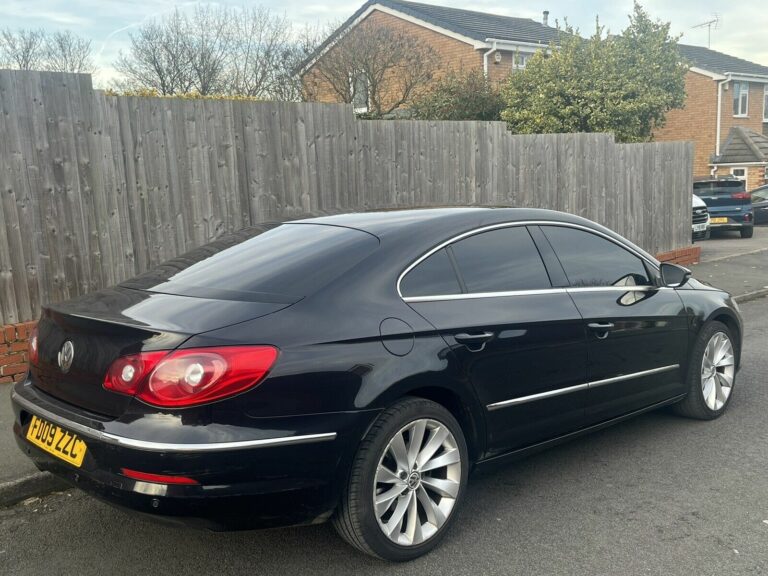Car Brand Names List: Navigating the Global Automotive Landscape
Car Brand Names List: Navigating the Global Automotive Landscape cars.truckstrend.com
The world of automobiles is a fascinating tapestry woven with threads of innovation, heritage, and identity. At its heart lies a diverse collection of car brand names, each representing a unique philosophy, a distinct market position, and a promise to its drivers. From the roar of a performance engine to the silent hum of an electric motor, these brands shape our commutes, define our status, and fuel our passions. Understanding the vast "Car Brand Names List" is more than just memorizing names; it’s about comprehending the global automotive industry, making informed purchasing decisions, and appreciating the rich history and future trajectory of personal transportation.
This comprehensive guide will delve into the multifaceted world of car brands, exploring their origins, market segments, global presence, and the factors that contribute to their enduring appeal. Whether you’re a prospective buyer, an automotive enthusiast, or simply curious about the names behind the wheels, this article will serve as your roadmap to navigating the intricate and ever-evolving landscape of car brands.
Car Brand Names List: Navigating the Global Automotive Landscape
The Global Tapestry of Automotive Brands: A Regional Overview
The sheer number and diversity of car brands reflect a global industry with distinct regional characteristics and design philosophies. Each region has fostered brands that embody its unique culture, engineering prowess, and consumer demands.
- European Powerhouses: Europe, particularly Germany, is synonymous with precision engineering and luxury. Brands like Mercedes-Benz, BMW, Audi, and Porsche are global benchmarks for performance, innovation, and prestige. Italy contributes iconic supercars like Ferrari and Lamborghini, alongside luxury and performance brands like Maserati and Alfa Romeo. The UK boasts bespoke luxury (e.g., Rolls-Royce, Bentley) and sporty elegance (Jaguar, Land Rover, McLaren, Aston Martin). France offers design-centric and practical vehicles from Peugeot, Renault, and Citroën. Sweden is known for safety and minimalist design with Volvo and its electric offshoot, Polestar.
- Asian Innovators: Japan is a titan of reliability, efficiency, and mass-market appeal. Toyota, Honda, and Nissan dominate global sales with their diverse lineups, complemented by performance-oriented Subaru and versatile Mazda, Suzuki, and Mitsubishi. Their luxury divisions – Lexus (Toyota), Acura (Honda), and Infiniti (Nissan) – compete directly with European premium brands. South Korea has rapidly ascended with Hyundai and Kia, offering incredible value, modern design, and advanced technology, alongside their luxury brand Genesis. More recently, China has emerged as a formidable force with brands like BYD, Nio, Xpeng, Li Auto, and the parent company Geely, which owns Volvo, Polestar, and Lynk & Co, among others.
- American Originals: The United States, the birthplace of mass production, is home to iconic brands like Ford and Chevrolet (General Motors), known for their rugged trucks, muscle cars, and family vehicles. Jeep (part of Stellantis) is globally recognized for its off-road capability. The last two decades have seen the rise of groundbreaking electric vehicle (EV) manufacturers such as Tesla, Rivian, and Lucid Motors, redefining automotive technology and sales models.
Luxury vs. Mainstream: A Tale of Two Markets

Car brands primarily segment themselves into luxury and mainstream (or volume) markets, each targeting distinct consumer needs, preferences, and budgets.
- Luxury Brands: These brands, such as Mercedes-Benz, BMW, Audi, Lexus, Porsche, Cadillac, and Genesis, prioritize performance, advanced technology, premium materials, sophisticated design, and an exclusive ownership experience. They command higher price points and often serve as status symbols, offering customization options and bespoke services. Their focus is on delivering an emotional connection, superior comfort, and cutting-edge innovation.
- Mainstream Brands: Brands like Toyota, Honda, Ford, Hyundai, Kia, Volkswagen, and Nissan aim for a broader audience, emphasizing affordability, reliability, fuel efficiency, practicality, and safety. While they incorporate technology and design, their core value proposition revolves around accessible transportation, low running costs, and strong resale value. These brands form the backbone of global automotive sales, catering to diverse family needs, commuters, and businesses.

Understanding this distinction is crucial for consumers, as it defines expectations regarding features, performance, price, and overall ownership experience.
The Rise of New Players: EVs and Startups
The automotive landscape is constantly evolving, and perhaps no force has driven more change recently than the electric vehicle revolution. This shift has not only transformed established brands but has also paved the way for a new generation of car manufacturers.
Brands like Tesla pioneered the modern EV market, demonstrating that electric cars could be desirable, high-performing, and technologically advanced. Their success inspired a wave of startups, including Rivian (focusing on electric trucks and SUVs) and Lucid Motors (aiming for ultra-luxury EVs with extreme range). In China, companies like Nio, Xpeng, and Li Auto have rapidly scaled, offering sophisticated electric vehicles integrated with advanced AI and unique ownership models. Even traditional automakers have launched new EV-specific sub-brands, such as Polestar (from Volvo/Geely), to capture this growing market segment with distinct identities.
These new players often challenge conventional dealership models, prioritize software integration, and offer unique customer experiences, forcing established brands to innovate at an unprecedented pace.

Understanding Brand Lineage and Evolution
The "Car Brand Names List" is not static; it’s a dynamic ecosystem shaped by mergers, acquisitions, and strategic alliances. Many seemingly independent brands are, in fact, part of larger automotive groups, allowing for shared platforms, technologies, and economies of scale.
- Volkswagen Group: A prime example, owning Volkswagen, Audi, Porsche, Skoda, SEAT, Bentley, Lamborghini, and Bugatti. This conglomerate strategy allows for a vast portfolio covering everything from budget-friendly sedans to ultra-luxury hypercars.
- Stellantis: Formed from the merger of Fiat Chrysler Automobiles and PSA Group, Stellantis now houses an extensive list of brands including Jeep, Ram, Chrysler, Dodge, Fiat, Alfa Romeo, Maserati, Peugeot, Citroën, DS Automobiles, and Opel/Vauxhall.
- General Motors (GM): Owns Chevrolet, GMC, Buick, and Cadillac.
- Hyundai Motor Group: Includes Hyundai, Kia, and the luxury brand Genesis.
- Renault-Nissan-Mitsubishi Alliance: A strategic partnership allowing shared development and market reach.
These parent companies often leverage common platforms and powertrains across different brands, tailoring design, features, and brand identity to suit specific market segments. This interconnectedness is a key aspect of the modern automotive industry.
Choosing Your Ride: How Brand Name Influences Decisions
For the consumer, understanding car brand names is more than just trivia; it’s a practical tool for making informed purchasing decisions.
- Reputation and Reliability: Certain brands have built a reputation for bulletproof reliability (e.g., Toyota, Honda), while others are known for cutting-edge technology (e.g., Tesla) or exhilarating performance (e.g., Porsche). This reputation, often built over decades, significantly influences buyer trust.
- Resale Value: Brands with strong reputations for quality and reliability often retain their value better in the used car market (e.g., Lexus, Subaru).
- Target Audience and Lifestyle: A brand’s image often aligns with a particular lifestyle. Jeep appeals to adventurers, Mercedes-Benz to those seeking luxury and status, and Subaru to outdoor enthusiasts.
- Innovation and Technology: Brands like Tesla are synonymous with electric vehicle technology and autonomous driving features. Others like Audi and BMW are known for their infotainment systems and driver-assist technologies.
- Service and Parts Availability: Established mainstream brands typically have extensive dealership networks and readily available parts, which can be a consideration for maintenance and repairs.
By understanding what each brand generally represents, consumers can narrow down their choices and find a vehicle that aligns with their priorities, whether it’s budget, performance, reliability, or prestige.
Beyond the Badge: What Makes a Brand Endure?
While a catchy name and appealing logo are starting points, a car brand’s longevity and success hinge on several critical factors:
- Consistent Quality and Reliability: This is paramount. Brands that consistently deliver dependable vehicles build trust and loyalty.
- Innovation: Staying ahead of trends, whether in safety, efficiency, connectivity, or propulsion (e.g., EVs), is crucial for relevance.
- Distinct Design Language: A recognizable and appealing aesthetic helps a brand stand out in a crowded market.
- Strong Marketing and Brand Storytelling: Effective communication of a brand’s values and heritage resonates with consumers.
- Customer Service and Ownership Experience: Beyond the purchase, the quality of service, warranty, and overall support significantly impacts customer satisfaction and repeat business.
- Adaptability: The ability to pivot with changing market demands, environmental regulations, and technological advancements ensures long-term survival.
Concluding Summary
The "Car Brand Names List" is far more than a simple compilation; it’s a dynamic reflection of global engineering prowess, cultural identity, and economic forces. Each brand, whether a century-old icon or a disruptive newcomer, contributes to the rich tapestry of the automotive world. Understanding these names provides valuable insights into market segmentation, technological trends, and consumer behavior. From the affordable reliability of a Toyota to the bespoke luxury of a Rolls-Royce, and the innovative spirit of a Tesla, car brands offer a spectrum of choices, each promising a unique journey. As the industry continues its rapid evolution, driven by electrification, autonomy, and connectivity, the list of car brand names will undoubtedly grow, offering even more exciting possibilities for the future of mobility.
Representative Car Brand Price Ranges (Estimated Starting MSRP in USD)
Please note: These are estimated starting Manufacturer’s Suggested Retail Prices (MSRP) for entry-level models within each brand’s lineup and are subject to significant variation based on model, trim, options, location, and market conditions. Prices are for new vehicles and do not include taxes, destination fees, or dealer markups.
| Car Brand | Country of Origin | Market Segment | Typical Starting Price Range (USD) | Key Characteristics |
|---|---|---|---|---|
| Toyota | Japan | Mainstream | $22,000 – $40,000 | Reliability, efficiency, resale value, broad lineup |
| Honda | Japan | Mainstream | $23,000 – $42,000 | Practicality, engineering, fuel efficiency |
| Ford | USA | Mainstream | $25,000 – $55,000 | Trucks, SUVs, performance, diverse models |
| Hyundai | South Korea | Mainstream | $21,000 – $45,000 | Value, modern design, technology, warranty |
| Kia | South Korea | Mainstream | $20,000 – $45,000 | Style, value, warranty, feature-rich |
| Volkswagen | Germany | Mainstream | $24,000 – $48,000 | German engineering, refined driving, diverse models |
| Subaru | Japan | Mainstream | $25,000 – $40,000 | AWD, safety, outdoor lifestyle |
| Mazda | Japan | Mainstream | $24,000 – $38,000 | Driver-focused, premium feel, stylish design |
| Chevrolet | USA | Mainstream | $26,000 – $55,000 | Trucks, SUVs, sports cars, mass appeal |
| Mercedes-Benz | Germany | Luxury | $45,000 – $150,000+ | Luxury, performance, technology, prestige |
| BMW | Germany | Luxury | $42,000 – $140,000+ | Driving dynamics, luxury, innovation, sportiness |
| Audi | Germany | Luxury | $40,000 – $120,000+ | Design, technology, quattro AWD, refined interior |
| Lexus | Japan | Luxury | $40,000 – $90,000+ | Reliability, comfort, luxury, strong resale |
| Tesla | USA | EV/Luxury Tech | $40,000 – $100,000+ | Electric vehicles, tech-focused, performance |
| Volvo | Sweden | Luxury/Premium | $40,000 – $70,000 | Safety, minimalist design, comfort |
| Porsche | Germany | Luxury/Performance | $65,000 – $200,000+ | Sports cars, performance SUVs, driving exhilaration |
| Genesis | South Korea | Luxury | $40,000 – $75,000 | Value, luxury, design, technology |
| Jeep | USA | Mainstream | $30,000 – $70,000+ | Off-road capability, iconic design |
| Land Rover | UK | Luxury SUV | $50,000 – $150,000+ | Luxury SUVs, off-road prowess |
| BYD | China | EV/Mainstream | $30,000 – $60,000 (US market entry) | Electric vehicles, battery technology, affordability |
| Nio | China | EV/Luxury Tech | $50,000 – $80,000 (China market) | Electric vehicles, battery swap, premium services |
Frequently Asked Questions (FAQ) about Car Brand Names
Q1: What is the oldest car brand still in existence today?
A1: While there are debates based on continuous production and specific company formations, Mercedes-Benz (tracing its roots to Karl Benz’s 1886 Benz Patent-Motorwagen) is widely considered the oldest continuously operating car brand. Peugeot also has a very long history, though its automotive division started later than its industrial origins.
Q2: Which country has the most car brands?
A2: Historically, the United States and Germany have had a very high number of car brands. However, with the rapid expansion of the automotive industry in China, particularly in the EV sector, China now boasts an extremely large and growing number of domestic car brands.
Q3: What’s the difference between a luxury car brand and a mainstream car brand?
A3: Luxury brands (e.g., Mercedes-Benz, BMW, Lexus) prioritize premium materials, advanced technology, high performance, sophisticated design, and exclusive ownership experiences. Mainstream brands (e.g., Toyota, Honda, Ford) focus on affordability, reliability, practicality, and fuel efficiency for a broader consumer base.
Q4: Why do some car brands have multiple brands under one company?
A4: This is a common strategy for large automotive groups (like Volkswagen Group, Stellantis, GM). It allows them to share engineering platforms, components, and research & development across different brands, achieving economies of scale while targeting diverse market segments with distinct brand identities and price points.
Q5: Are new car brands still emerging, or is the market saturated?
A5: The market is highly competitive, but new brands are continuously emerging, especially in the electric vehicle (EV) sector. Companies like Tesla, Rivian, Lucid, Nio, and Xpeng are recent examples that have successfully entered and disrupted the established automotive landscape.
Q6: How do car brands get their names?
A6: Car brand names come from various sources:
- Founders’ names: Ford, Honda, Porsche, Ferrari, Mercedes (after Benz’s daughter).
- Locations: Cadillac (after Antoine de la Mothe Cadillac, founder of Detroit).
- Mythology/Symbolism: Mazda (Ahura Mazda, god of light), Genesis (beginning).
- Acronyms/Combinations: BMW (Bayerische Motoren Werke – Bavarian Motor Works).
- New, invented words: Acura, Lexus.
- Historical figures: Lincoln, Dodge.





